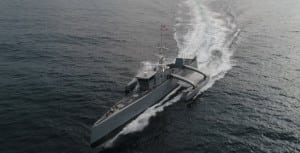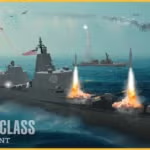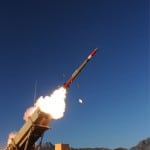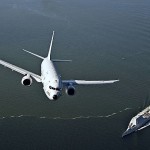
The head of the Navy's development squadron focused on unmanned surface vehicle (USVs) recently explained how they are working to test and develop concepts of operation (CONOPS) for USVs while still receiving prototypes. Capt. Hank Adams, the commodore of Surface Development Squadron One (SURFDEVRON One), laid out the schedule in which he expects to receive newer USVs during the virtual AUVSI Unmanned Systems conference on Sept. 8. While the squadron took control of Sea Hunter 1 in 2019, Adams expects…

 By
By 











